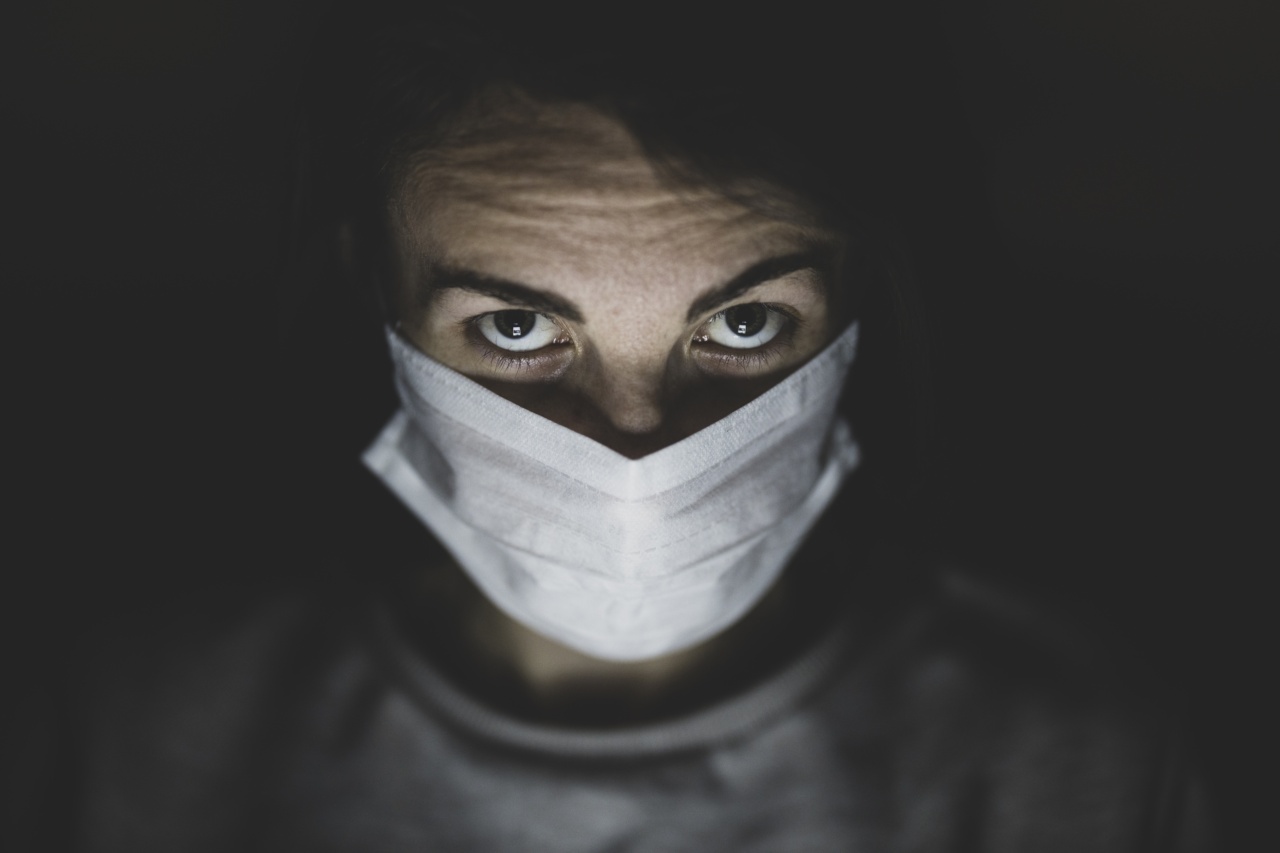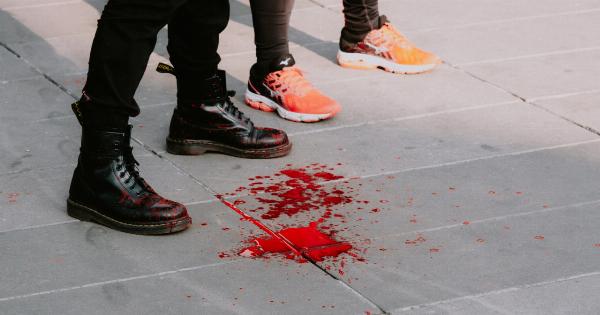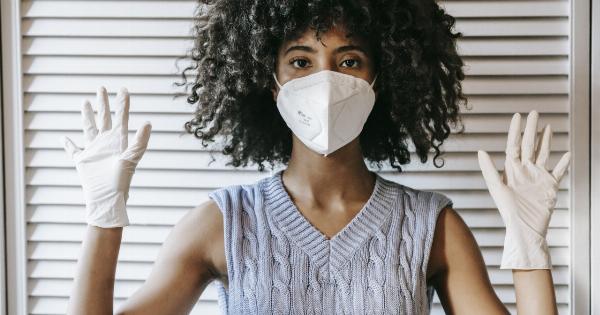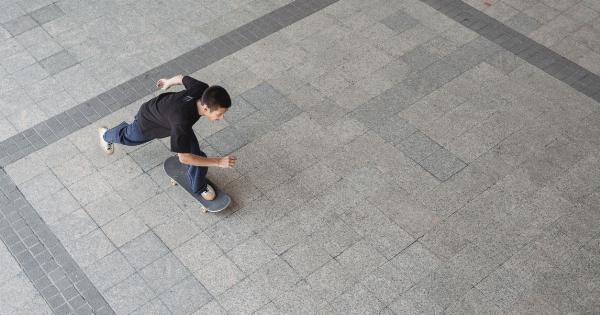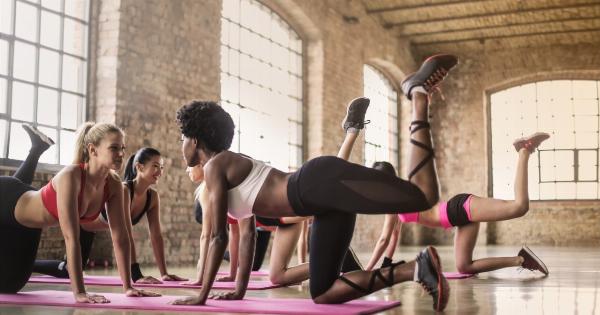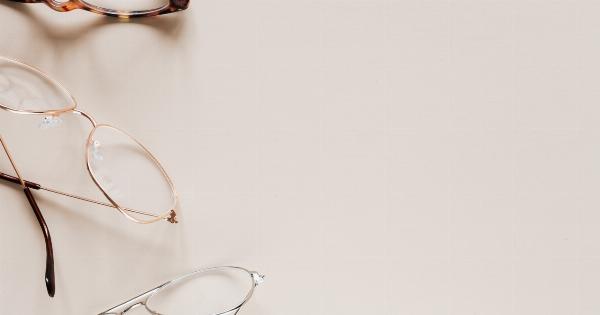Orthostatic hypotension (OH) is a condition where a person feels lightheaded or dizzy upon standing up from a lying/sitting position. OH can happen when the blood pressure drops suddenly when the person stands, which can lead to fainting or falling.
OH is a common problem and can affect people of all ages, but it is more common in the elderly.
Causes and Symptoms of OH
The main cause of OH is a sudden drop in blood pressure that prevents enough oxygen from reaching the brain. OH can be caused by many factors like:.
- Dehydration
- Heart problems
- Neurological diseases like Parkinson’s disease
- Diseases like diabetes
- Side effects of medications
- Pregnancy
The symptoms of OH are:.
- Dizziness or lightheadedness
- Blurred vision
- Fainting or falling
- Weakness or tiredness
- Nausea or vomiting
Preventing Symptoms of OH
There are some steps that a person can take to prevent the symptoms of OH. These are as follows:.
1. Maintain Adequate Fluid Intake
Adequate fluid intake is essential for maintaining blood pressure. A person should drink plenty of fluids, especially water, to prevent dehydration, which is one of the main causes of OH.
It is recommended to drink at least six to eight glasses of water daily. Avoid alcohol and caffeinated drinks, which can increase urine production and promote dehydration.
2. Eat a Balanced Diet
A balanced diet can help prevent OH by maintaining blood pressure. A person should eat a diet that is rich in fresh fruits, vegetables, whole grains, and lean proteins.
Avoid processed foods and foods that are high in salt, which can increase blood pressure and promote dehydration.
3. Exercise Regularly
Regular exercise can help maintain blood pressure and prevent OH. A person should engage in moderate-intensity exercise for at least 30 minutes a day, five days a week.
Walking, cycling, swimming, or any other activity that gets the heart rate up can be beneficial. Consult a doctor before starting any exercise routine.
4. Change Positions Gradually
A person should change positions gradually to prevent OH. When getting up from a lying/sitting position, a person should sit up slowly, then remain seated for a few seconds before standing up.
This will give the body time to adjust to the new position and prevent a sudden drop in blood pressure.
5. Wear Compression Stockings
Compression stockings can be worn to prevent OH by improving blood flow from the legs to the heart. These stockings can be bought at a pharmacy and come in different sizes and styles. Consult a doctor before using compression stockings.
6. Adjust Medications
Sometimes, medications can cause OH as a side effect. A person should consult a doctor to adjust or change medications that cause OH. DO NOT stop taking medications without consulting a doctor.
7. Avoid Hot Baths or Showers
Avoid hot baths or showers, especially in the morning, as they can lower blood pressure and cause OH. A person should take a shower with cooler water or take a bath later in the day when the body is better adjusted to being upright.
8. Raise the Head of the Bed
Raising the head of the bed about 10-20 cm can help prevent OH. This will prevent blood from pooling in the legs during the night, which can cause a sudden drop in blood pressure upon standing up. Consult a doctor before raising the head of the bed.
9. Take Medications Before Bed
If a person takes medications that cause OH, taking them before bed can help prevent OH. This will give the body time to adjust to the medication and prevent a sudden drop in blood pressure upon standing up in the morning.
10. Consult a Doctor
A person should consult a doctor if they experience symptoms of OH. The doctor may do some tests to determine the underlying cause of OH and prescribe medication or other treatments to prevent OH.
Conclusion
OH is a common condition that can be prevented by taking some simple steps like maintaining adequate fluid intake, eating a balanced diet, exercising regularly, changing positions gradually, etc.
If a person experiences symptoms of OH, they should consult a doctor for proper diagnosis and treatment.
